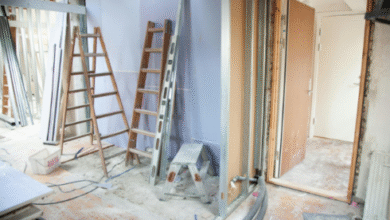Identifying a stone cannonball can be an interesting historical pursuit, as they often come in various shapes, sizes, and materials. Here are some steps to help you identify a stone cannonball:
- Check the Material:
- Determine if the object is indeed made of stone. Stone cannonballs are typically made of granite, limestone, or other dense rock materials. Tap the object lightly to listen for the characteristic sound of stone.
- Measure the Size and Weight:
- Use a tape measure or ruler to measure the diameter of the cannonball. Note its weight as well. Cannonballs come in different sizes, and the size can provide information about the type of cannon or artillery it was intended for.
- Examine the Surface:
- Inspect the surface of the cannonball for any distinguishing features. Some stone cannonballs may have rough or pockmarked surfaces from the manufacturing process.
- Look for Markings:
- Check for any markings or inscriptions on the cannonball. Some may have engravings, numbers, or symbols that can provide clues about their origin or intended use.
- Study the Shape:
- Examine the shape of the cannonball. They can be spherical, cylindrical, or even irregular in shape. The shape may indicate the era or purpose for which it was used.
- Consider the Location and History:
- Take into account where the cannonball was found or acquired. The location can offer historical context. For example, if it was found near a battlefield, it may have been fired during a military engagement.
- Research Online:
- Use the information you’ve gathered to search online resources, historical records, or military archives related to artillery and cannonballs. There may be historical records or photographs that can help identify its origin.
- Consult Experts:
- If you are still uncertain about the cannonball’s origin or history, consider reaching out to experts in military history or historical archaeology. They may be able to provide valuable insights and help with identification.
- Handle with Care:
- Keep in mind that old cannonballs can still be dangerous if they contain explosive material. If there’s any doubt about its safety, do not attempt to disassemble or tamper with it. Always handle old ordnance with caution.
- Local Museums or Historical Societies:
- Contact local museums, historical societies, or archaeologists in your area. They may have expertise in identifying historical artifacts and may be interested in examining the cannonball.
Identifying a stone cannonball can be a fascinating endeavor, as it may have historical significance and provide insights into military history or local history. Remember to handle it with care and take safety precautions if you suspect it may still contain explosive material.
Also Read:
https://writetechy.com/how-to-grow-coprosma-from-cuttings/
https://writetechy.com/how-to-grow-grass-on-balcony/




